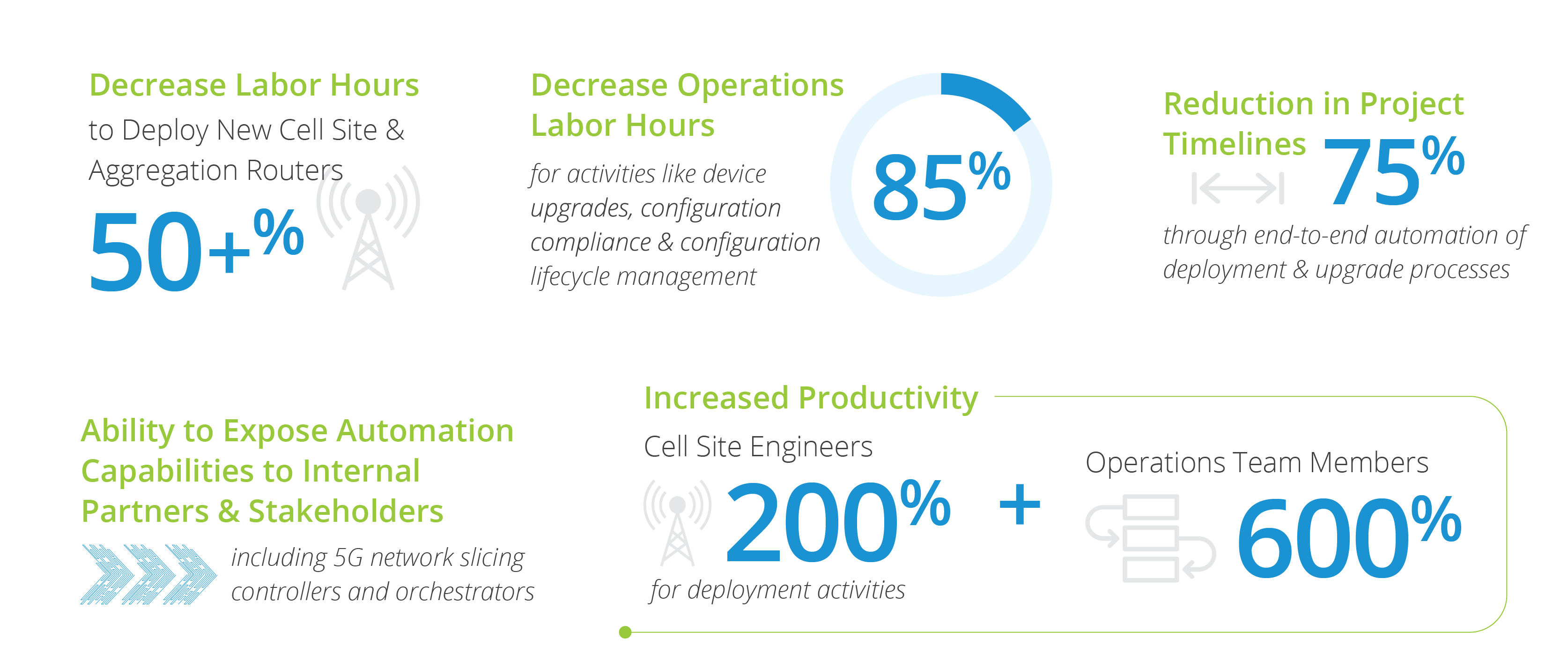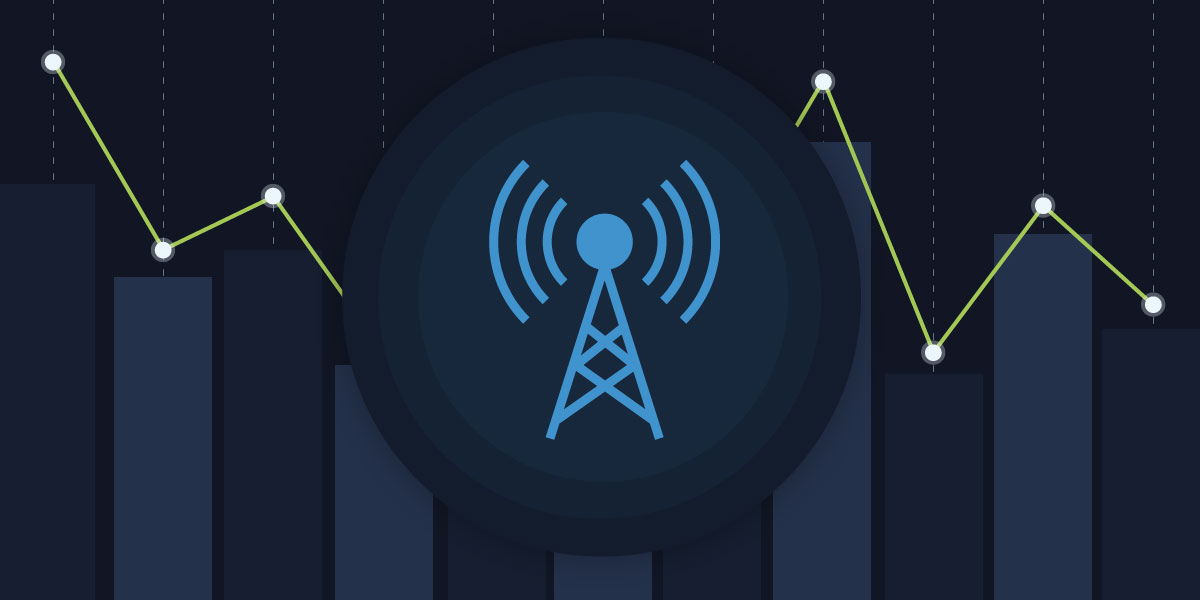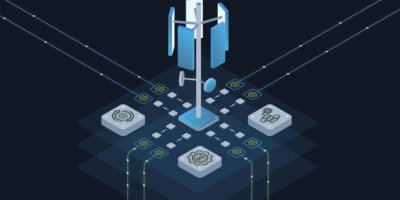Recently, I’ve covered a few topics around IP backhaul (cell site routers and aggregation routers) automation such as the key components for automating and the top use cases to support it’s evolution. Now, I want to go a bit deeper and focus on the business impact and benefits of IP backhaul automation as well as the key metrics to consider. The IP backhaul network is an ideal candidate to define and quantify the business impact and benefits for automation as Communications Service Providers have a reasonably comprehensive understanding of the costs and resources required to deploy and operate it, given the large number of IP backhaul devices currently deployed and the maturity of the engineering and operations activities related to those devices.
Based on Itential’s work with automating IP backhaul network elements for two of the largest mobile operators in North America, we have developed a comprehensive business analysis model to identify the major drivers for business value and the key metrics to measure them.
Business Impact & Benefits of Backhaul Automation
The four following areas are major drivers for business value of automating an IP backhaul network:
Reduction in Manual Effort
Whether the use case is IP backhaul implementation or operations, automation drives significant reduction in manual effort. In multiple deployment projects, automation has shown to reduce manual effort for cell site router and aggregation router installation/configuration by more than 50%. For operations use cases, automation has been able to reduce manual effort by more than 90%.
Reduction in Process Duration
Another area that has been particularly important for 5G programs is the ability of automation to reduce the end-to-end duration of a business process or project. Operators who have used automation as part of their upgrade initiatives have been able to eliminate project backlogs and accelerate project timelines, given their project managers the ability to deliver key capabilities in advance of deadlines. The downstream impact of accelerating IP backhaul projects is a significant benefit to the other parts of the business, enabling leadership move forward on activating new features capabilities that have the potential drive new revenues, such as 5G slicing.
Increases in Engineer Productivity
There have been several ways that IP backhaul automation has increased engineer productivity. For example, by automating time consuming activities like health checks, engineers can perform more activities in each maintenance window. Additionally, by using automation to execute multiple activities in parallel instead of the normal serial approach, engineers can perform more iterations by a huge factor. In one real world example, engineers that could only manually perform 2 upgrades in a five our maintenance window were able to perform 100 automated upgrades in those same 5 hours.
Ability to Free up Engineering Resources from Repetitive, Simple Tasks
Once the simple but time-consuming tasks (like health checks) are automated, engineers can use their time to focus on activities and initiatives that drive greater business value. Time is freed up to allow the engineers to work strategic projects and deploy new functionality, new vendors, and new capabilities.
Key Metrics for IP Backhaul Automation
Next up, operations-based use cases include activities associated with the ongoing health and operation of an IP backhaul network, such as IP backhaul device upgrades, configuration compliance, device health checks, maintenance window automation, fault triage, and break-fix configuration activities.
By automating any of these activities, operations teams are able to perform significantly more activities with significantly less manual effort – enabling them to improve network reliability and performance in multiple ways:
- Improve Accuracy to Eliminate Outages: By replacing manual keyboard inputs with automated changes, accuracy improves dramatically and eliminates outages caused by incorrect input.
- Dramatically Decrease Health Check Time: By automating activities such as health checks and pre-post checks, operations team members can perform sophisticated checks in seconds instead of hours. This enables them not only to automate the checks that they were previously performing but perform more checks than would have been too time consuming in the manual method – improving accuracy and confidence that changes will not inadvertently cause disruption.
- Improved Data Management: All data associated with the execution of automated activities is saved to a database, which can be analyzed by machine learning systems to further improve quality and performance. Operations teams can begin to use this data to implement closed-loop automation use cases for triage and resolution of network errors.
Automating Service Enablement for Advanced 5G Functionality
On a recent IP backhaul project, the Itential team performed a detailed analysis to calculate the business impact of automation using two key metrics – workload unit cost (WUC) and engineer productivity. During this analysis, Itential engineers worked with the mobile operator to identify and quantify all the activities related to their manual processes for cell site router deployment, upgrades, and configuration management. A number of these activities also utilized scripting to automate specific tasks but fell short of full-process automation. The team also utilized data from previous projects to quantify the efficiencies of performing the same activities with full process automation. For deployment related activities, the Workload Unit Costs decreased between 50% and 67%, while the WUC for operations tasks decreased by 70% to 90%. For those same sets of activities, engineer productivity improved by 300% for day 1 (deployment configuration for aggregation router) and by 600% for upgrade activities.
Business Analysis Highlights
As part of the business analysis, the team looked at multiple scenarios, ranging from extremely conservative to more aggressive. In all cases, the resulting cashflow from reduced effort was positive, and in most cases the payback period for implementing a comprehensive automation program for IP backhaul was below nine months. In the average case, payback was in 6 months, with the use cases that drove the most significant savings being device upgrades, device compliance, and maintenance window automation.

Itential Drives Values for IP Backhaul Automation
Our team works with Communications Service Providers across the globe to help drive immediate automation value like the results you see above. To learn more about The Itential Cell Site Backhaul Solution and how it can help your business automate a multitude of cell site backhaul use cases click here. You can also get a deep dive into backhaul automation as well as better understand the business impact and benefits of it in Itential’s “Accelerating 5G Evolution Through IP Backhaul Automation” white paper.






